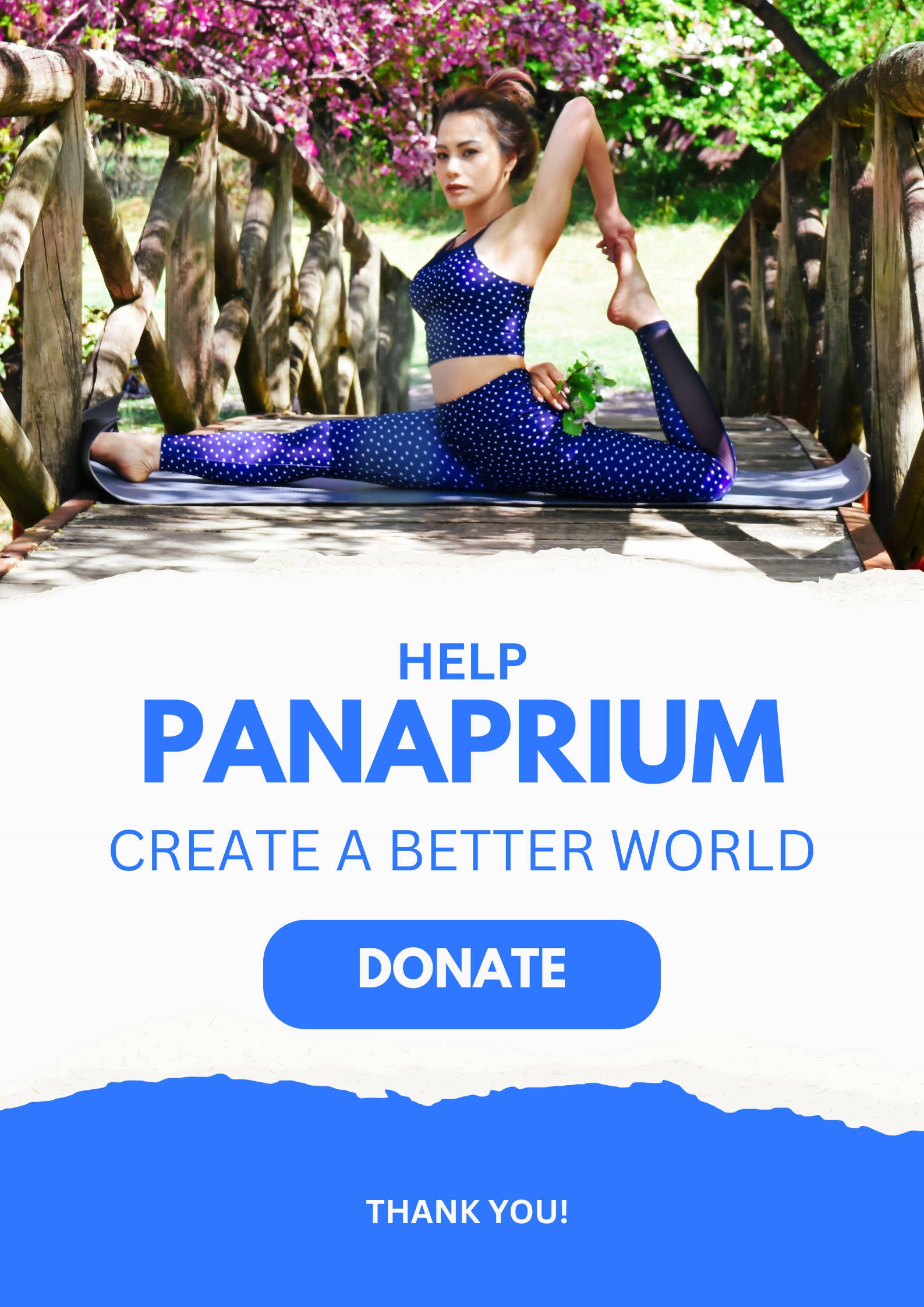
Fast fashion garments are cheap and disposable, made to be replaced with new pieces of clothing as fast as possible. It has many effects on society, some with a positive social impact, others disastrous.
Fast fashion is a global phenomenon that has gained massive popularity over the last 20 years for many reasons. It answers the rising consumer demand for new trendy and affordable clothing.
But more and more people are questioning the catastrophic social and environmental impact of the fast fashion industry. Overproduction and overconsumption of cheaply made clothing change the world in multiple ways.
Here is how fast fashion affects society with its positive and negative social impacts that you need to know.
Panaprium is independent and reader supported. If you buy something through our link, we may earn a commission. If you can, please support us on a monthly basis. It takes less than a minute to set up, and you will be making a big impact every single month. Thank you!
The positive impacts of fast fashion on society

For budget-conscious consumers, fast fashion is a revolution with many benefits. It's not only cheap, fun, practical, and convenient but also satisfies the need for instant gratification.
In the United States, fast fashion is extremely popular. 88% of consumers prefer shopping for fast fashion there, followed by consumers in Europe (46%), India (25%), and China (21%).
Today's purchasing behaviors are influenced by celebrities and social media personalities. Consumers want affordable and new trendy clothing inspired by runway shows.
Fast fashion answers the need for new cheaply-made and fashionable clothing landing in high-street stores every week. There are no more traditional 2 to 4 seasons for fast fashion but 52 seasons every year instead.
Fast fashion focuses on simplicity, efficacity, convenience, affordability, and accessibility to bring modern consumers the latest fashion trends presented on the catwalk in Paris, Milan, and New York for a fraction of the price.
The large variety of style choices and product availability are very appealing to fashionistas. Because design and production time have decreased dramatically, it's now possible for fast-fashion retailers like Zara to deliver new styles every week of the year.
Fast fashion helps the social media generation looking for something new to replace old clothes. Young consumers spend lots of time in the same social circle every day.
They are also used to documenting their outfit on social media via the hashtag #ootd standing for Outfit of The Day and want to avoid appearing on the Internet in the same outfit twice.
Fast fashion meets consumers' need for affordable and fashionable clothing. It pushes the whole fashion industry to innovate to become faster and cheaper.
Together with the rise of new manufacturing, transport, and communication technologies, fast fashion has changed the apparel and textile industry and consumers' behavior forever.
Before the early 1800s, the fashion world was small, slow, and local. Fast fashion made clothing cheaper and easier to produce. And the large majority of consumers took a liking for affordable and trendy clothes.
It's difficult to resist buying fast fashion because it's everywhere. Fast fashion is convenient and practical. It's easy to head to the nearest chain store or shop online to renew our wardrobe.
Fast fashion makes cheap, trendy, accessible clothing at scale. It leads to rapid fabric and clothing production with very short development times and very low costs.
Shopping for new trendy clothes at affordable prices is now accessible to many disadvantaged consumers because of fast fashion. They have access to a large variety of styles some inspired by high-end designer creations.
Fast fashion also allows people to mix socially. While social classes still separate modern society, lower classes can now mix with upper classes by dressing well for cheap.
Social inclusivity is important for so many people, for better education, opportunity, dignity, and socio-economical diversity. Fast fashion allows people within society to feel valued and relevant.
Fast fashion contributes to mixing social classes more than ever before. Low-income consumers can now wear new clothes easily and appear to be part of any social class.
Fast fashion allows everyone to make a good first impression, for example in a job interview. It makes professional or business attire affordable for all demographics.
While fast fashion has many positive social impacts, it also affects society in several disastrous ways that we can't ignore.
The terrible social effects of fast fashion

Many people love to shop for fast fashion because it's a fun activity. Some even buy new clothes daily or are addicted to shopping. Compulsive shopping is dangerous and devastating in many cases.
Shopping for new apparel and footwear can even give the same feeling as getting high. So consumers often buy new clothes they don't necessarily need only because it's enjoyable.
People feel pleasure, excitement, and an adrenaline rush when they hunt and finally discover beautiful clothes they want to buy. Just like visiting new places, eating new food, and meeting new people, buying fast fashion is liberating and invigorating.
Fast fashion promotes the throwaway culture, excessive consumerism, and makes clothes disposable commodities. Many consumers make purchasing decisions based on their emotions. Retailers use that behavior and tap into the subconscious of consumers.
The rise of fast fashion over the last 20 years makes people buy new clothes excessively to renew their wardrobe. And they don't keep clothes for long.
Consumers wear a high-street garment on average only 7 times. Under normal wear and tear, the average life expectancy of clothing would be more than 2 years.
People are now conditioned to consider clothes as commodities, to buy cheap trendy clothes that go out of style quickly, and to renew them very often.
The demand for fast fashion is still rising to this day. Consumers are very happy to buy imitations with very low standards. Most of them don't even use a good portion of their clothes.
Fast fashion also exploits local and underserved communities in sweatshops to produce cheap garments. It employs more than 300 million people in the whole world.
Most of them are young women who frequently face terrible conditions and abuse. They work on farms and in garments factories, being exploited and even forced to abort their pregnancy to continue working.
The very large majority of fast fashion production takes place in overseas countries with poor labor laws and human rights protections. Many farmers and garment factory workers live in low-income countries, where labor is shockingly cheap.
Fast fashion creates unfair and unsafe work conditions responsible for the death of thousands of people in catastrophic events, such as the Rana Plaza garment factory collapse in Bangladesh (2013).
Fast fashion brands and retailers are pushing for lower production costs to increase their profit margins and meet customer demand. Meanwhile, manufacturers keep wages unlivable and working conditions terrible.
Fast fashion is responsible for cases of forced and child labor still reported to this day in countries like Bangladesh, China, Indonesia, the Philippines, and Vietnam.
Fast fashion is severely criticized for its negative social impacts. It doesn't promote decent work conditions, gender equality, diversity, or inclusivity. Instead, retailers foster a culture of discrimination, harassment, and violence.
Poorly paid employees and dangerous working environments are very common among fast fashion brands and retail giants. Women especially are the victims of fast fashion as they are subject to daily violence on the basis of their gender.
Thankfully, consumers with their buying power can drive positive change in the fashion industry for a better society. Simply making more conscious clothing choices can change the world.
Was this article helpful to you? Please tell us what you liked or didn't like in the comments below.
About the Author: Alex Assoune
What We're Up Against
Multinational corporations overproducing cheap products in the poorest countries.
Huge factories with sweatshop-like conditions underpaying workers.
Media conglomerates promoting unethical, unsustainable products.
Bad actors encouraging overconsumption through oblivious behavior.
- - - -
Thankfully, we've got our supporters, including you.
Panaprium is funded by readers like you who want to join us in our mission to make the world entirely sustainable.
If you can, please support us on a monthly basis. It takes less than a minute to set up, and you will be making a big impact every single month. Thank you.
































hi! May I know the year of publication of this article?